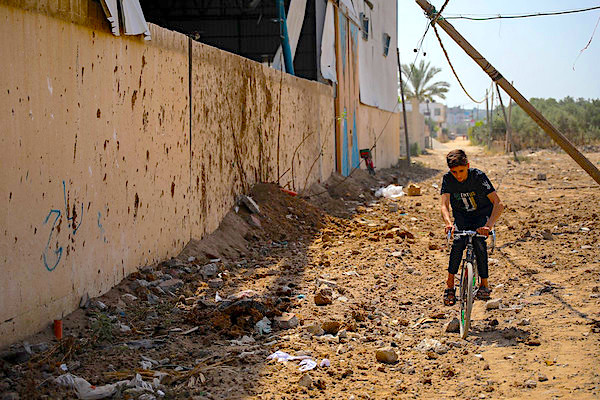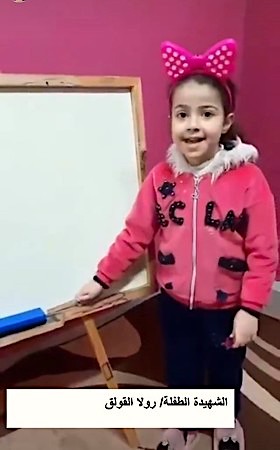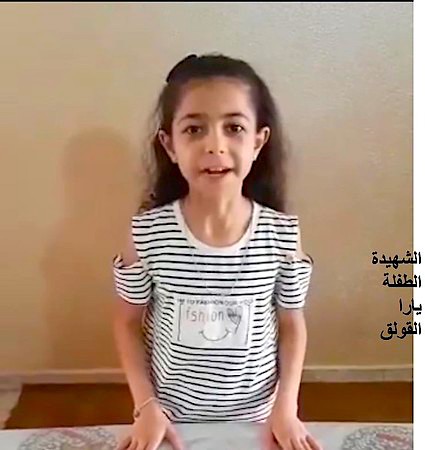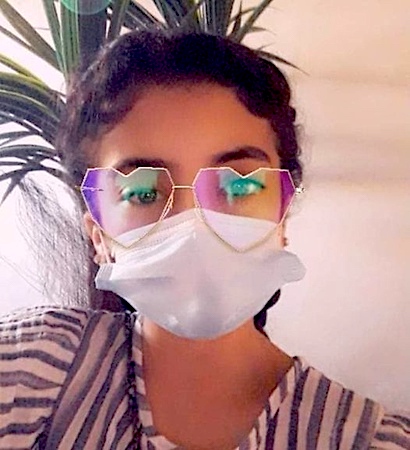Israel Kills 11 Children Receiving Trauma Care in Their Homes
The Norwegian Refugee Council confirmed that 11 of over 60 children killed by Israeli air strikes in Gaza over the last week were participating in its psycho-social program aimed at helping them deal with trauma.
By the Norwegian Refugee Council
All of the children between 5 and 15 years old were killed in their homes in densely populated areas along with countless other relatives who died or received injuries.
“We are devastated to learn that eight children we were helping with trauma were bombarded while they were at home and thought they were safe,” said NRC’s Secretary General Jan Egeland. “They are now gone, killed with their families, buried with their dreams and the nightmares that haunted them. We call on Israel to stop this madness: children must be protected. Their homes must not be targets. Schools must not be targets. Spare these children and their families. Stop bombing them now.”
The children NRC assisted included Lina Iyad Sharir, 15, who was killed with both of her parents in their home on May 11 in Gaza City’s Al Manara neighborhood. Her two-year-old sister Mina sustained third degree burns and remains in critical condition.
Hala Hussein al-Rifi, 13, was killed on the night of May 12 when an air strike hit the Salha residential building in Gaza City’s Tal Al-Hawa neighborhood. The attack also killed four-year-old Zaid Mohammad Telbani and his mother Rima, who was five months pregnant. Zaid’s sister remains missing and is presumed dead.
Multiple air raids on 16 May in Al Wahda Street in central Gaza City killed six children that NRC worked with, together with several family members. These included Tala Ayman Abu al-Auf, 13, and her 17-year-old brother. Their father, Dr Ayman Abu al-Auf, was the head of internal medicine at Gaza City’s Shifa hospital. He was also killed.
The same attacks also killed Rula Mohammad al-Kawlak, 5, Yara, 9, and Hala, 12 – all sisters – together with their cousin Hana, 14, and several other of their relatives, as well as sisters Dima and Mira Rami al-Ifranji, 15 and 11, and neighbour Dana Riad Hasan Ishkantna, 9.
In the same area on 17 May, Rafeef Murshed Abu Dayer, 10, another student helped by NRC, was killed after shrapnel hit her together with her two brothers, who were having lunch in the garden of the Ghazi Shawa building. Rafeef’s 11th birthday would have been next week on 25 May.
NRC works with 118 schools in the Gaza Strip, reaching more than 75,000 students through its psycho-social intervention, the Better Learning Programme.
“As an urgent measure, we appeal to all parties for an immediate ceasefire so that we can reach those in need and spare more civilians,” Egeland said. “But the truth is that there can be no peace or security as long as there are systemic injustices. The siege of Gaza needs to be lifted and the occupation of Palestinians must end if we are to avoid more trauma and death among children and new cycles of destruction every few years.”
Details of the victims were compiled by Defence for Children International Palestine (DCIP)
Names of children killed who were assisted by NRC:
Lina Iyad Sharir, 15
Hala Hussein al-Rifi, 13
Dima Rami al-Ifranji, 15
Mira Rami al-Ifranji, 11
Tala Ayman Abu al-Auf, 13
Dana Riad Ishkantna, 9
Rafeef Murshed Abu Dayer, 10
Yara Mohammad al-Kawlak, 9
Rula Mohammad al-Kawlak, 5
Hala Mohammad al-Kawlak, 12
Hana Shukri al-Kawlak, 14
- Since May 10, 50 education facilities have been damaged, with at least six sustaining major damage. Reports indicate that a number of these schools were directly hit by airstrikes or tank shells.
- In the Gaza Strip, the wellbeing of students declined between 2019 (pre-Covid-19) and 2020 (in the midst of Covid-19). Prior to Covid-19, 80 percent of student in Gaza had a positive outlook on the future. By September 2020, this had dropped to 29 percent.
- Likewise, learning from home proved to be a significant challenge for students in Gaza. Prior to Covid-19, 76 percent felt they could easily concentrate on doing their schoolwork, likely because at that time they were doing this in school. In September 2020, when all students in Gaza were completing their schoolwork at home, only 27 percent felt this way.







Geen opmerkingen:
Een reactie posten